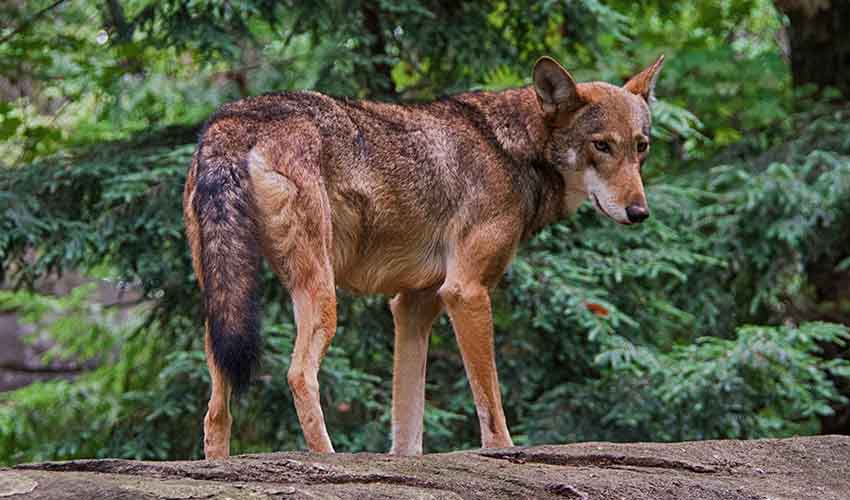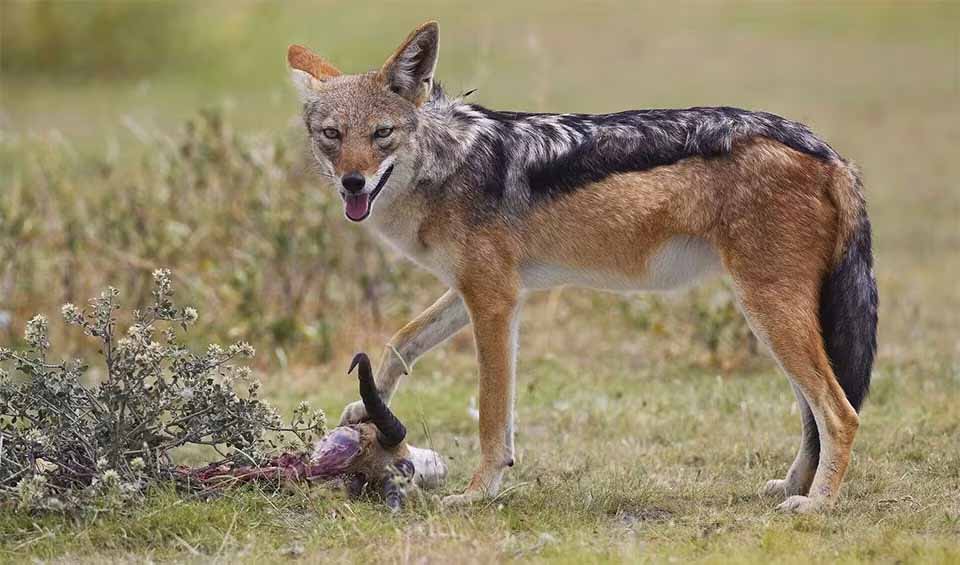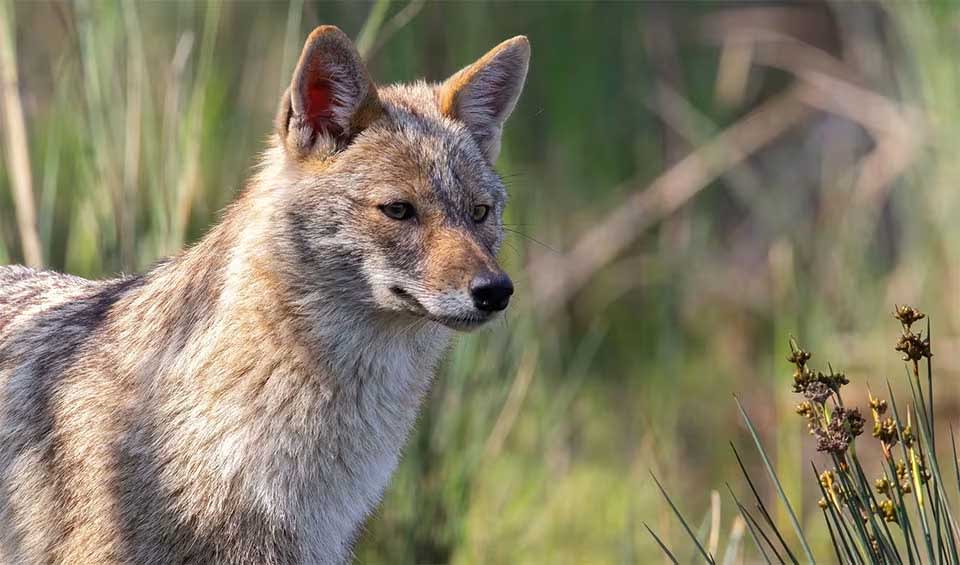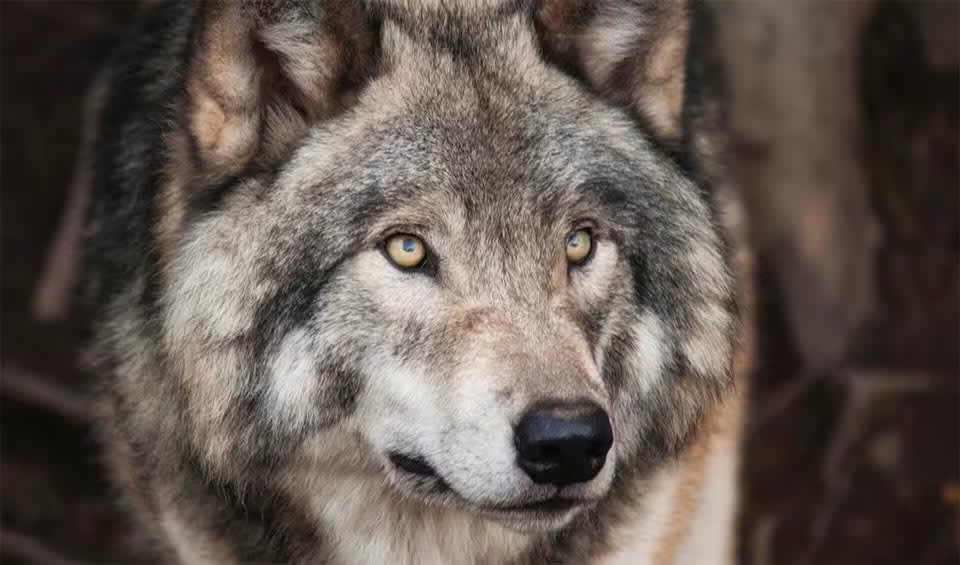Canis – Wolves & dogs
Some of the biggest and most social of their family; live in groups and packs to take prey larger than themselves
The genus Canis is one of the most widely recognized groups within the animal kingdom, encompassing species integral to natural ecosystems and human societies. This genus includes the domestic dog (Canis lupus familiaris), the gray wolf (Canis lupus), and several other species and subspecies of wolves, demonstrating a remarkable diversity that spans from the companionship of household pets to the wild majesty of apex predators in various ecosystems around the globe.
Members of this genus share a common anatomical framework optimized for their roles as hunters or hunter-scavengers. Their skeletal structure is robust, supporting a lifestyle that demands agility, endurance, and strength. The dentition of Canis species is particularly adapted for their carnivorous diet, featuring strong, pointed, recurved canines designed to grasp and tear animal flesh and molars that can crush bone. Their claws are non-retractile, blunt, and strong, suited for digging and burrowing, and they provide traction during the chase.
The fur of Canis species is characteristically double-coated, with a soft, woolly undercoat that insulates against extreme temperatures and a longer, coarser outer coat that protects from the elements and underbrush. Their tails are long and bushy, often reaching the ground, and serve various functions, including communication and balance.
While the senses of touch and taste in Canis species are not as developed as in some other animals, their smell, sight, and hearing capabilities are exceptionally acute. These enhanced sensory perceptions enable Canis species to effectively navigate their environments, locate prey, and communicate with one another. Their sense of smell, in particular, is highly developed, facilitating complex social interactions and territory marking.
One of the most defining characteristics of the Canis genus is its pronounced social behavior. Unlike many other canids, species within the Canis genus often exhibit extreme sociability, forming packs or nuclear families that are structured and cooperative. This social structure is critical for hunting, protecting, and raising young. The pack hierarchy is well-defined, with clear roles that contribute to the overall success and survival of the group.
Species in this genus
Red wolf
Now teeters on the brink of extinction, surviving as one of the rarest wild canids on the planet
Ethiopian wolf
The world’s rarest canid and Africa’s most endangered carnivore, with fewer than 500 individuals remaining
African wolf
A genetic mix of 72% grey wolf & 28% Ethiopian wolf was classified as an African variant of the golden jackal until 2015!
Black-backed jackal
Has two subspecies populations, separated by 900km (560 miles)
Coyote
They can even sometimes reproduce in huge numbers, which becomes necessary to be regulated as they also carry many diseases, including rabies.
Golden jackal
Exceptional hunters, but they can feed solely on grass and survive in the absence of prey
Side-striped jackal
Larger than its jackal relatives and easily distinguishable with white stripes on the sides
Wolf
The howl of each wolf is different
Dog
Man’s best friend is a domesticated descendant of an ancient, extinct wolf










